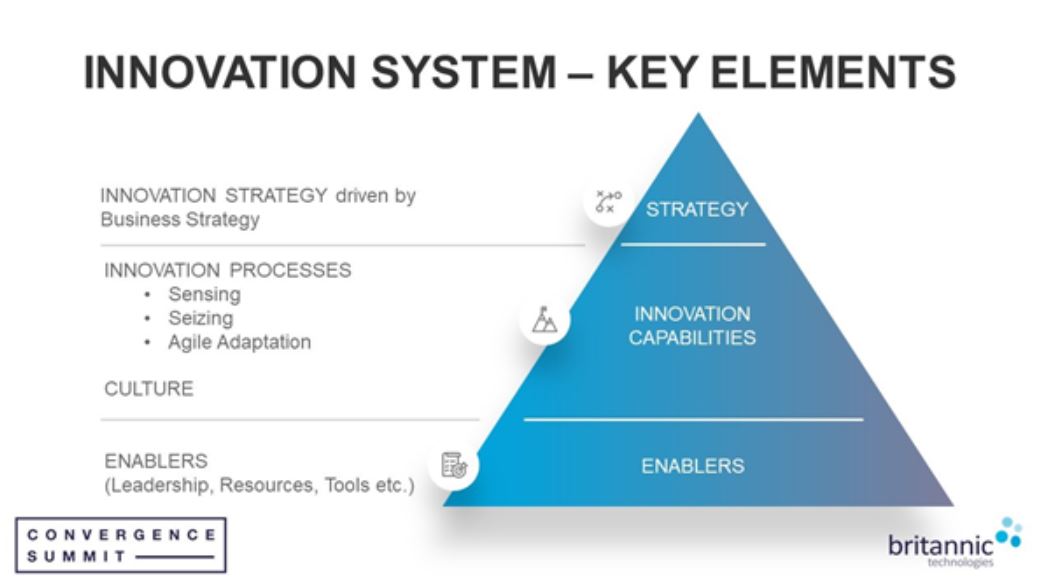Britannic 2.0 - The Art of Managing the Unmanageable

“Innovation always creates a change. But change does not always trigger innovation” - Alexandra Rogacheva, Head of Innovation at Britannic
If you are an avid reader of our blog posts you will have read about The Future Reimagined, where we invited you to rethink your business models and frameworks, if you haven’t feel free to have a quick read now - ‘See Beyond the ‘New Normal’ to the Future Reimagined: People, Process, Technology and Data’. At Britannic, we are going through our own exciting changes such as the introduction of Britannic 2.0. One key thing we are focusing on in getting ready for the new year is change and innovation. Research shows that most business executives consider innovation to be important, however only few are satisfied with the outcome. We wanted to make sure that we weren't the latter, which made us embark on our own journey of achieving satisfying innovation outcomes.
Change and Innovation
“Innovation always creates a change. But change does not always trigger innovation” - Read Full Article
Change and innovation have a common outcome which is ‘change’ nature, so both produce change. Innovation always creates change, but change is not always innovation. Change is an inherent part of the innovation process and understanding the nature of change helps to choose the right approach to managing innovation. As a result, the chances of capturing the innovation opportunities and achieving great innovation outcomes become higher. Innovation and change work hand in hand, often with one feeding the other.
The “I Ching”, the ancient Chinese writings, capture the wisdom about change processes in our lives – every change situation in life goes through the 6 stages. This also applies to the business world. Our approach to innovation considers these same 6-stages of change as illustrated in the diagram above.
Change Through Innovation
The pandemic has produced many changes for everyone, one of those changes being the rate of digital technology acceptance, which encouraged us to rethink our old approach to innovation and change management. As a result, we decided to build an innovation system that brought together 3 key elements:
- Innovation strategy driven by business strategy
- Innovation capabilities required to deliver the strategy (including innovation processes and organisational culture)
- Enablers, like leadership support and resources, which are needed to make the system work
However, nowadays it would be difficult for any company to build a strong innovation system without engaging with the company’s broader business and industry ecosystem. That’s why we decided to establish our Innovation Hub, a space where we could work collaboratively with all our key partners and customers on exciting new business ideas converting them into innovative products.
The Innovation Hub framework is based on the design thinking approach, which incorporates continuous improvement and flexible responses to change.
We hope through our new Innovation Hub we can accomplish our company’s mission to add value, improve communications and systems, and provide innovative solutions to challenges our customers and partners experience.
Want to know more?
Just interested on the changes we plan to make for innovation? Check out this article written by our head of innovation.


